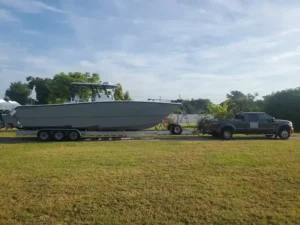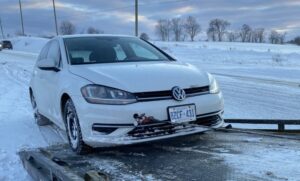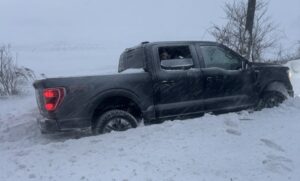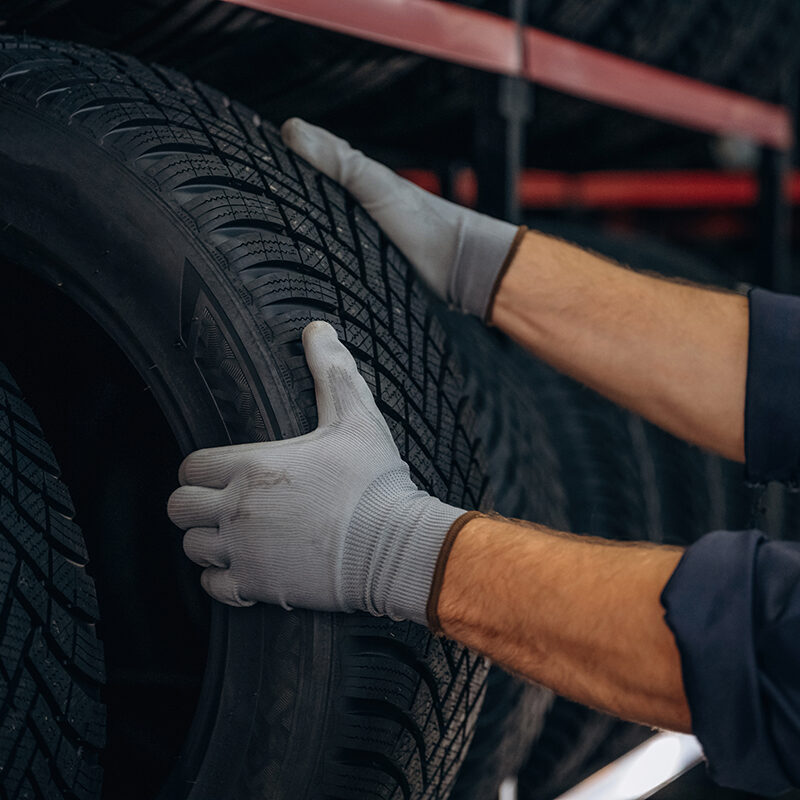When you search for Tire care near me in the Aurora, Ontario area, you’re not just looking for a service provider—you’re looking for a partner in vehicle safety and longevity. Your vehicle’s tires are the single most critical component connecting you to the road. Their condition directly impacts your steering, braking, and overall control, especially with the diverse and often challenging weather conditions we experience in Ontario.
For the residents and drivers across Aurora, Newmarket, Richmond Hill, and the Greater Toronto Area (GTA), understanding and diligently practicing tire maintenance is non-negotiable. At Pars Towing, while we are your trusted 24/7 roadside assistance experts—specializing in everything from flat tire changes to emergency towing—we believe that the best tow is the one you never need. This comprehensive guide is designed to empower you with the knowledge to maintain your tires, prevent common roadside issues, and understand why professional, reliable, and swift assistance is crucial when the unexpected happens.
- Learn More >>>>>Best Safety Tips For Driving In The Rain And Snow
Part 1: The Four Pillars of Tire Safety and Maintenance
Tire maintenance can be broken down into four essential checks that every driver in Aurora should perform regularly. Neglecting any of these areas is the leading cause of premature tire failure, decreased fuel efficiency, and compromised safety, especially on wet or icy Ontario roads.
Pillar 1: Maintaining the Correct Tire Pressure
Correct inflation is the most fundamental aspect of tire care. A tire that is improperly inflated—whether under- or over-inflated—loses its optimal contact patch with the road.
The Dangers of Incorrect Pressure:
- Under-inflation (The Silent Killer): This is the most common issue. When a tire is under-inflated, the sidewalls flex excessively, leading to a build-up of heat. This heat can cause tread separation and catastrophic tire blowout. Furthermore, under-inflation causes wear on the outer edges of the tread and increases rolling resistance, wasting fuel. You can lose up to 11 cents per gallon on fuel efficiency with severely underinflated tires.
- Over-inflation (The Traction Reducer): Too much air causes the center of the tire to bulge slightly, reducing the contact patch to a narrow strip down the middle. This leads to accelerated wear in the center of the tread and dramatically reduces traction, making the vehicle susceptible to slipping, especially in rain or snow. It also leads to a harsher, less comfortable ride.
The Checking Procedure:
- Find the Target: The correct tire pressure is not the maximum pressure listed on the tire’s sidewall. It is the pressure specified by your vehicle’s manufacturer, typically found on a placard located on the driver’s side door jamb, in the glove box, or in the owner’s manual. This figure is given in PSI (pounds per square inch).
- Check “Cold”: Tires should be checked when they are “cold,” meaning the car has not been driven for at least three hours or less than a mile at low speed. Driving heats up the air inside the tire, increasing the pressure and providing a false reading.
- Use a Quality Gauge: Use a reliable pressure gauge. Check the pressure and adjust it by either adding air or releasing air until it matches the manufacturer’s recommended PSI.
- Include the Spare: Don’t forget to check the pressure of your spare tire (if applicable). A flat spare is just a bulky piece of rubber when you need it most.
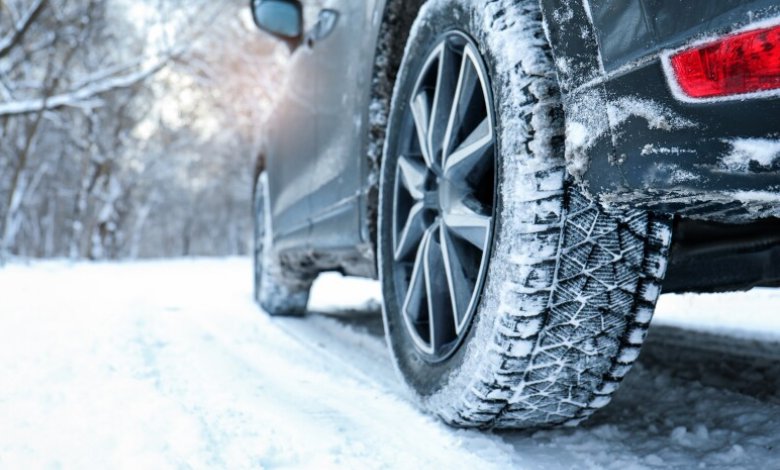
Pillar 2: Monitoring Tread Depth for Optimal Grip
Tread depth is what gives your tires the ability to channel water, slush, and snow away from the contact patch, maintaining grip. In Ontario, especially on the busy highways around Aurora, adequate tread is crucial for preventing hydroplaning in heavy rain and maintaining traction in winter.
The Importance of Tread:
- Legal Minimum vs. Safety Minimum: The legal minimum tread depth in Ontario is 1.6 mm (2/32 of an inch). However, performance and safety experts strongly recommend replacing tires when the tread reaches 4/32 of an inch, particularly for drivers in a cold-weather climate like the GTA. Below this depth, a tire’s ability to grip on wet or snowy roads diminishes rapidly.
- Tread Wear Indicators (TWIs): All tires have built-in wear bars, or TWIs. These are small, raised bars running across the main grooves of the tire. If the tread surface is worn down to be level with these bars, the tire is illegal and dangerously worn and must be replaced immediately.
The Penny and Lincoln Test (A Quick Check):
The classic Canadian penny test is a simple way to gauge your tread depth:
- Place a penny head-down into a tire tread groove.
- If the tread covers the top of Queen Elizabeth’s head, your tread depth is above the minimum legal limit of 2/32″ and is generally acceptable.
- If the tread is only down to the letters “DOLLAR” or “CENTS,” you should consider replacing the tire.
- For a more proactive approach, many use the loonie test: if the tread doesn’t cover the silver part of the loonie (above the maple leaf), the tire should be replaced.
- Learn More >>>>>Motorcycle Towing Near Me
Pillar 3: Regular Tire Rotation
Tire rotation involves systematically moving your tires from one wheel position to another. The tires on your car—especially the front tires—wear at different rates due to steering, braking, and the distribution of the vehicle’s weight.
Why Rotation is Essential:
- Even Wear: Rotation ensures all four tires wear down more evenly, maximizing their lifespan and maintaining balanced handling. Uneven wear can lead to premature replacement of individual tires and an increased risk of hydroplaning or instability.
- Manufacturer’s Recommendation: Most vehicle manufacturers recommend rotating tires every 8,000 to 10,000 kilometres. Always consult your owner’s manual for the specific pattern (e.g., cross pattern, or front-to-back) and mileage interval for your vehicle.
Part 2: The Ontario Reality – Seasonal Tire Changeover in Aurora
For drivers searching for Tire care near me in Aurora, the conversation is incomplete without discussing the mandatory and highly recommended practice of seasonal tire changeovers. While winter tires are not legally mandatory across most of Ontario (unlike Quebec), their use is strongly encouraged and financially incentivized by insurance companies.
The 7-Degree Celsius Rule
This is the golden rule for all Southern Ontario drivers.
- Winter Tire Installation: You should switch to your winter tires when the average daily temperature consistently drops below 7°C. This usually occurs between late October and mid-November in the Aurora area. At this temperature, the rubber compound in all-season and summer tires begins to harden, reducing their flexibility, grip, and braking effectiveness. Winter tires, by contrast, use a specialized compound and tread design to remain soft and pliable, providing superior grip on cold pavement, ice, and snow.
- Summer Tire Installation: Switch back to your summer or all-season tires when the average daily temperature consistently stays above 7°C, typically in late March or early April. Driving on winter tires in warm weather is detrimental to their longevity and performance. Their soft compound wears down rapidly on dry pavement, and the excessive heat can compromise the tire structure, reducing braking efficiency and stability.
- Learn More >>>>>How to winterize your vehicle
The Benefits of a Two-Set System
Although having two sets of tires (winter and all-season/summer) requires a higher initial investment, it is a cost-effective choice in the long run:
- Enhanced Safety: The primary benefit is vastly improved safety during the cold season, reducing your braking distance by up to 25% on icy roads compared to all-season tires.
- Insurance Discount: Most Ontario auto insurance companies offer a discount (often 5% or more) for having four winter tires installed.
- Extended Tire Lifespan: By switching, each set of tires is only used for half the year, effectively doubling the lifespan of both your winter and summer sets, making the overall tire replacement frequency no different than running one set year-round.
Part 3: Identifying and Addressing Common Tire Problems
A proactive inspection should be part of your routine. Knowing what to look for can prevent a minor inconvenience from turning into a major emergency.
| Problem | Cause | Indication/Sign | Pars Towing Solution |
| Uneven Wear (One-Sided) | Improper Wheel Alignment (Camber/Toe Issue) | Tread is significantly worn on the inner or outer edge of the tire, while the opposite side is fine. | We can tow your vehicle safely to your preferred service center for an alignment correction. |
| Cupping/Scalloping Wear | Unbalanced Wheels or Worn Shocks/Suspension | Patches of the tire are worn in a repeated high-low pattern around the circumference. | Tows for diagnosis and repair of suspension or to a shop for professional balancing. |
| Vibration at Speed | Lost Wheel Weight (Out of Balance) or Tire Separation | A noticeable shake in the steering wheel or seat, usually becoming apparent at highway speeds (e.g., 80-100 km/h). | Secure towing to a facility for re-balancing and inspection of the tire’s internal structure. |
| Sidewall Bulge or Bubble | Impact Damage (Pothole or Curb) | A noticeable protrusion on the tire’s sidewall. This indicates internal structural damage (a broken cord). | Immediate replacement is required. Do not drive on a bulged tire. Our roadside assistance can provide a flat tire change service with your spare or safely tow you. |
| Cracking in Sidewall (Dry Rot) | Age, Sunlight Exposure (UV), or Chemicals | Fine lines or cracks, especially at the base of the tread grooves or on the sidewall. The rubber is deteriorating. | Tire replacement is necessary. The integrity is compromised, risking a blowout. Pars Towing provides emergency roadside support. |
| Slow Leak/Repeated Low Pressure | Puncture, Faulty Valve Stem, or Corroded Rim | The tire repeatedly loses air pressure over several days or weeks, despite no visible damage. | Immediate roadside flat tire change with your spare or towing to a repair shop. |
- Learn More >>>>>5 Good Driving Habits That Save You Money
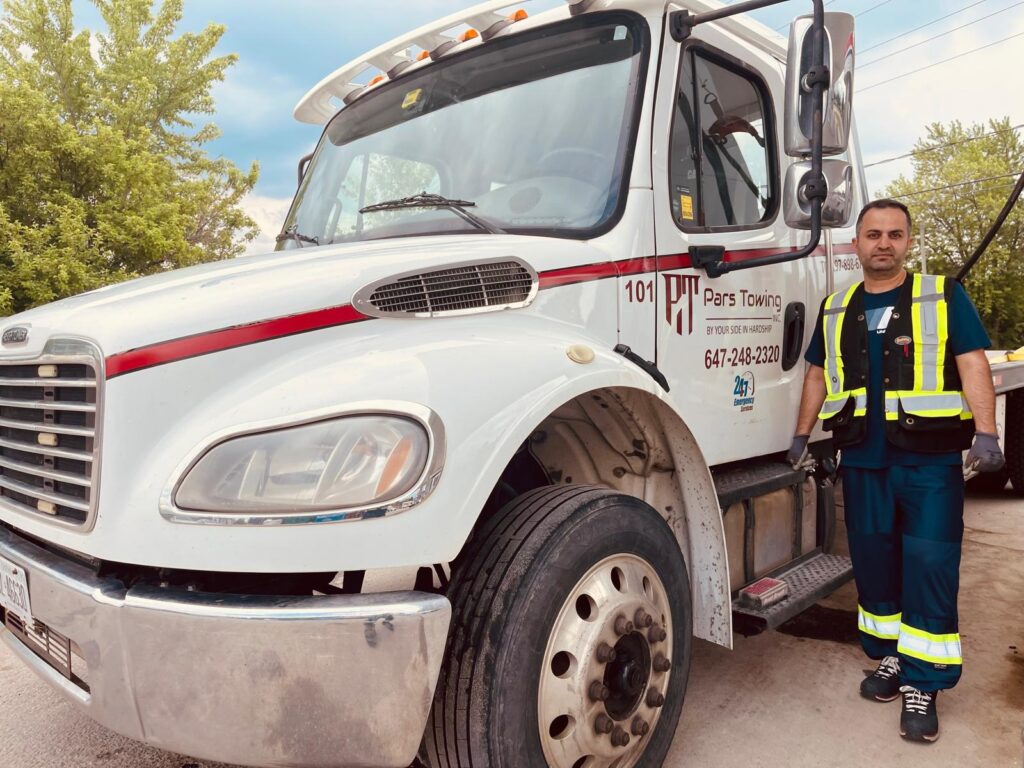
Part 4: The Role of Pars Towing – Your Local Aurora Roadside Partner
While diligent tire care will significantly reduce your risk of a roadside emergency, flats, blowouts, and damage from debris or potholes are an inevitable part of driving in the GTA. When your proactive maintenance efforts fall short due to an unforeseen event, knowing who to call for swift and reliable roadside assistance is critical.
When you are stranded near Yonge Street, stuck on Highway 404, or dealing with a flat in your Aurora driveway, the last thing you need is a lengthy search for “Tire care near me” and a service that makes you wait.
Pars Towing’s Flat Tire and Roadside Assistance Services in Aurora:
As a dedicated local service provider, Pars Towing is committed to providing rapid response and professional care across Aurora and the surrounding communities of York Region. Our roadside assistance services are perfectly tailored to address your tire-related emergencies:
- 24/7 Flat Tire Change: If you have a functional spare tire and the necessary tools (jack, wrench), our skilled technicians can arrive promptly to safely and efficiently change your damaged tire and install your spare. This gets you back on the road with minimal delay to a location where you can get a permanent repair or replacement.
- Tire Inflation/Air Delivery: Sometimes, a tire simply needs air to get to the nearest service station. Whether you’re dealing with a slow leak or an under-inflated tire, we can provide immediate air delivery to get your tire pressure back to a safe, drivable level.
- Emergency Towing: If your tire is completely destroyed (e.g., a catastrophic blowout), your spare is flat, or the damage is severe (like a sidewall bulge), your vehicle is unsafe to drive. In this scenario, Pars Towing provides professional, damage-free flatbed towing to transport your vehicle safely to the repair facility or tire shop of your choice in Aurora, Newmarket, or anywhere in the GTA. We understand the urgency of these situations and prioritize a rapid arrival time.
- Accident Assistance and Recovery: In the unfortunate event of a collision, where tire and wheel damage is often significant, our team provides safe and certified accident scene management, recovery, and towing. We can even work directly with your insurance company to streamline the process.
Why Choose Pars Towing When You Need Tire Care Near Me?
- Local Focus, Rapid Response: We are based in the Aurora area and have an intimate knowledge of the local roads, allowing us to reach you faster than general city-wide services.
- Professional and Courteous: Our drivers are experienced, trained professionals who prioritize your safety and provide courteous service during a stressful time.
- Transparent and Affordable: We believe in honest, upfront pricing for all our towing and roadside assistance services.
- Learn More >>>>>Tire puncture repair near me
Conclusion: Safety on the Road Starts with Proactive Care
The search for Tire care near me is the first step toward becoming a more responsible and safer driver on Ontario’s roads. By making tire pressure, tread depth, rotation, and alignment a routine part of your vehicle maintenance, you not only ensure maximum safety for yourself and your family but also save money on fuel and tire replacement costs.
Remember the 7-degree rule for your seasonal tire changes, perform the penny test monthly, and always know where to find your vehicle’s recommended tire pressure.
However, if the unexpected happens—whether it’s a sudden flat tire in the cold, a blowout on the highway, or severe damage from a road hazard—rest assured that Pars Towing is your reliable, 24/7 lifeline in Aurora and the surrounding GTA. Save our number today. We are always ready to provide the swift, professional service you deserve to get you and your vehicle back to safety and back on the road. Drive safe, and we’ll handle the recovery.
Pars Towing: Your Roadside Safety Partner in Aurora, Ontario.

